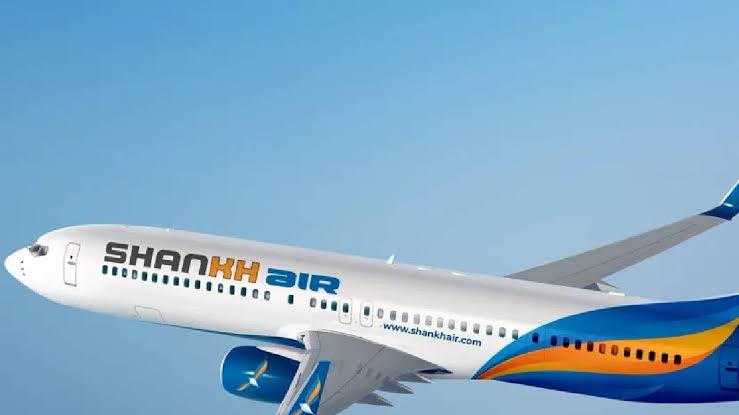Shankh Air is a new domestic carrier based out of Uttar Pradesh, India. It will be the first scheduled carrier from the state. The company is to concentrate its major hub on the new airport that the government is building in Noida. Shankh Air is now gearing up to begin operations with a fleet of Boeing 737-800NG aircraft. It has also initiated the no-objection certification process with the Union Ministry of Civil Aviation.
Key Details about Shankh Air
Founders and Management: Sharvan Kumar Vishwakarma owns the airline company. They have a dedicated management team who recently met their respective officials of airports to confirm their operational plan.
Operational plans: Shankh Air would offer full-service passenger travel with safety, sustainability, and reliability at its heart. They would plan to connect various cities within India, developing relatively strong connectivity within the regions surrounding the Delhi NCR area.
It is supposed to be a major connectivity hub for regions such as Greater Noida, Noida, Meerut, Ghaziabad, Faridabad, South Gurgaon, and Agra. It is expected to become an international aviation ecosystem at par with major international airports.
With this new development, Shankh Air has made a significant debut in the Indian aviation sector-adequately gearing up to improve its air travel infrastructure and services for Uttar Pradesh.
Key Destinations Planned by Shankh Air
Delhi NCR Region: Shankh Air will provide the easiest travelling facility to all workers of Greater Noida, Noida, Meerut, Ghaziabad, Faridabad, and southern Gurgaon.
Major Indian Cities: It aims to reach all the major cities in India which will enhance the inter and intra-state travel options. Particularly, it mentions cities like:
Lucknow
Varanasi
Gorakhpur
Future Airports: Gateway flights will connect to new airports, including:
Bhogapuram Airport
Pune International Airport
Navi Mumbai International Airport.
The Shankh Air strategy would focus on building a strong network of flights in areas of high demand but little or no direct connectivity in and out of the region.
Shankh Air proposes to compete with well-established airlines in India through several strategic initiatives to strengthen connectivity, and customer service, and to improve operational efficiency. Here are the broad strategies it intends to pursue:
Advertisement
Strategic Location Hub
Shankh Air will have its primary hub at Noida International Airport, strategically located in the service area for the high-density population in Delhi NCR. This hub will enable smooth connectivity to many domestic locations and further increase regional connectivity and passenger volumes from regional markets.
Concentration on High-Volume Routes
Targeting Under-Served Markets, this airline flies the inter and intra-state routes with a specific focus on cities of relatively high demand but which have few direct offers in the market today. This then would fill in the gaps that exist in this market and offer the traveller more choice.
New Fleet and Service Offerings
Shankh Air will operate the new-generation Boeing 737-800NG. It can be used as a passenger aircraft and cargo aircraft. In this way, a young fleet allows for safe and efficient service by an airline.
Shankh Air will be an all-service airline with a two-class product, offering high-quality service to make it increasingly different from low-cost airlines in terms of the quality of the travel experience.
Competitive Pricing and Customer Experience
Competitive Pricing Focus Shankh Air hence focuses on competitive prices while maintaining the highest standards of services. This would attract more price-sensitive travellers who currently compromise on comfort.
Shankh Air will further collaborate with NIA so that it gets the right management of the airport and interlinking, so the rest of the processes are made smoother and easier for travel for passengers.
These strategies will enable Shankh Air to acquire a niche in the very competitive Indian aerospace area, which has witnessed some recent major consolidation among bigger players like IndiGo and Air India. Servicing neglected routes and customer-centric services could help give this airline a cost advantage when it launches operations.



